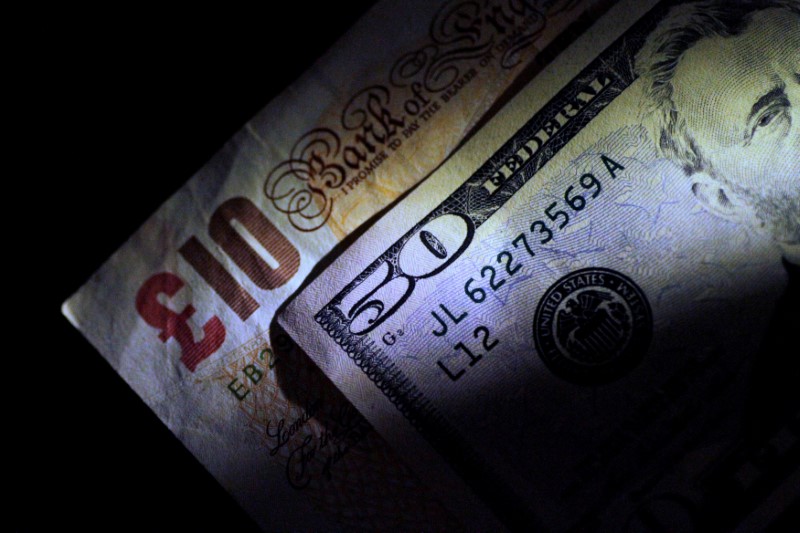Forex
Dollar steadies near one-month high; Sterling gains on hot inflation data


© Reuters.
Investing.com – The U.S. dollar steadied at a one-month high amid increasing doubts over early interest rate cuts by the Federal Reserve, while sterling climbed on hot inflation data.
At 04:15 ET (09:15 GMT), the Dollar Index, which tracks the greenback against a basket of six other currencies, traded 0.1% higher at 103.247, just below the 103.55 level seen earlier Wednesday, its highest level since Dec. 13.
Dollar helped by rate cut uncertainty
The greenback received a boost late Tuesday after Federal Reserve Governor said that while interest rate cuts were likely to happen this year, the central bank was not considering any in the near-term, citing continued resilience in the U.S. economy.
Uncertainty over when the Fed will start cutting interest rates has helped the dollar rebound this year after being hard hit at the end of 2023 in the wake of the Fed’s dovish turn at the December FOMC meeting.
Market expectations of a rate cut in March have eased to a 62.2% chance versus an 76.9% view in the prior session, according to CME’s FedWatch Tool.
U.S. are due for release later Wednesday, and will be closely watched for indications that consumer spending – a major driver of economic growth – is remaining resilient in the face of elevated interest rates.
Sterling climbs on inflation surprise
In Europe, rose 0.2% to 1.2657 after U.K. rose for the first time in 10 months in December, increasing to 4.0% on an annual basis from a more-than-two-year low 3.9% in November.
This resulted in traders pared back expectations for interest rate cuts over the coming months, with inflation proving to be more sticky than previously anticipated.
dropped 0.1% to 1.0868, near a one-month low despite hawkish comments from a number of European Central Bank policymakers over the need to complete the job of taming inflation.
Eurozone is expected to be confirmed later in the session as rising to 2.9% in December, from 2.4% the prior month, reversing six months of consecutive falls.
Yuan falls after disappointing Chinese growth data
In Asia, rose 0.1% to 7.1969, with the yuan retreating after data showed that grew slightly less than expected in the fourth quarter, and barely edged past government estimates of 5% for growth in 2023.
The reading showed that a post-COVID rebound gained little momentum over the past year, and set a middling tone for China in 2024.
traded 0.5% higher to 147.90, with the yen weakening past the 147 level for the first time in more than a month after a 1% tumble in overnight trade.
The yen was also dented by increasing expectations that the will maintain its ultra-dovish course when it meets next week, especially in the wake of the recent devastating earthquake.

 Forex3 years ago
Forex3 years agoForex Today: the dollar is gaining strength amid gloomy sentiment at the start of the Fed’s week

 Forex3 years ago
Forex3 years agoUnbiased review of Pocket Option broker

 Forex3 years ago
Forex3 years agoDollar to pound sterling exchange rate today: Pound plummeted to its lowest since 1985

 Forex3 years ago
Forex3 years agoHow is the Australian dollar doing today?

 Cryptocurrency3 years ago
Cryptocurrency3 years agoWhat happened in the crypto market – current events today

 World3 years ago
World3 years agoWhy are modern video games an art form?

 Commodities3 years ago
Commodities3 years agoCopper continues to fall in price on expectations of lower demand in China

 Economy3 years ago
Economy3 years agoCrude oil tankers double in price due to EU anti-Russian sanctions


























